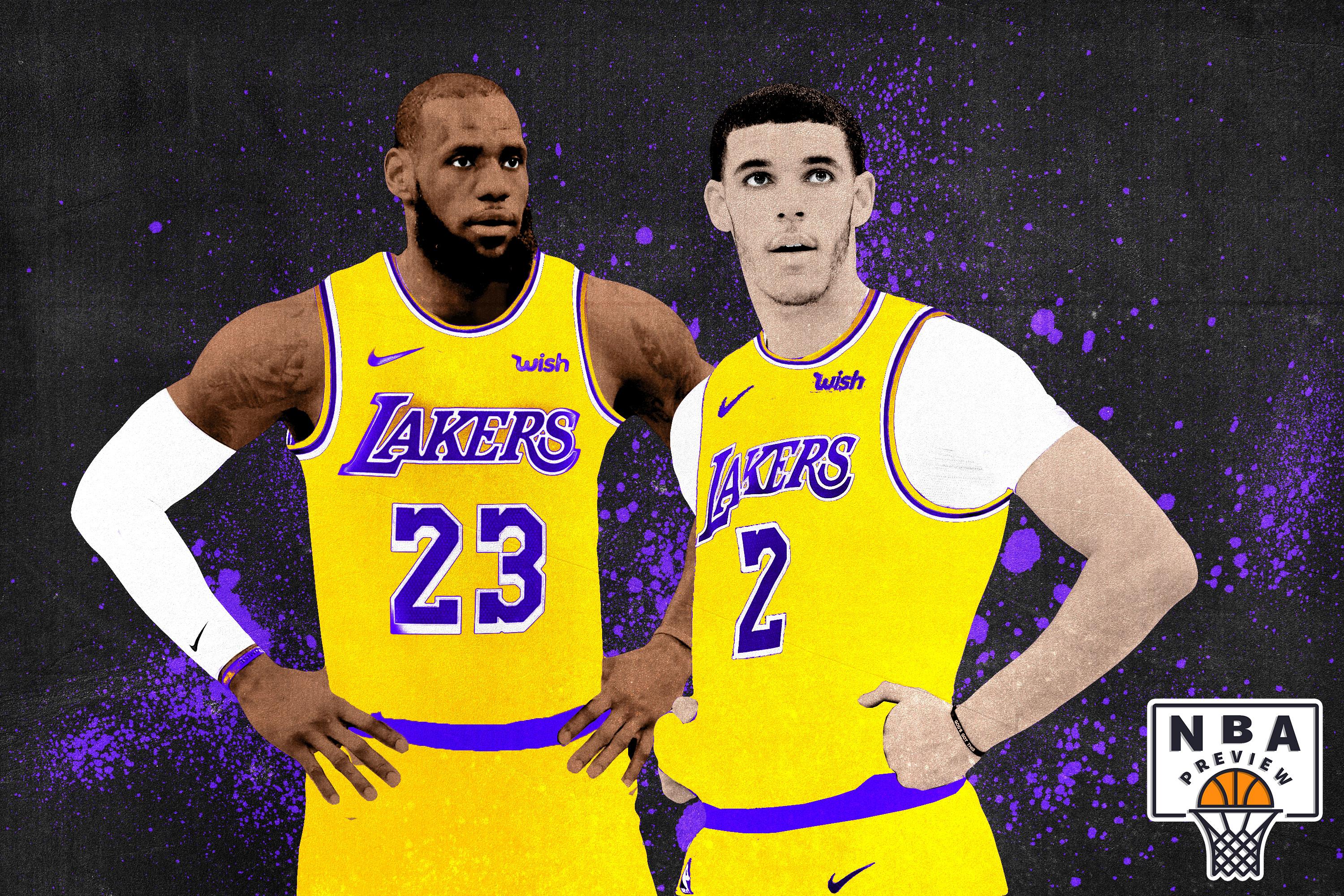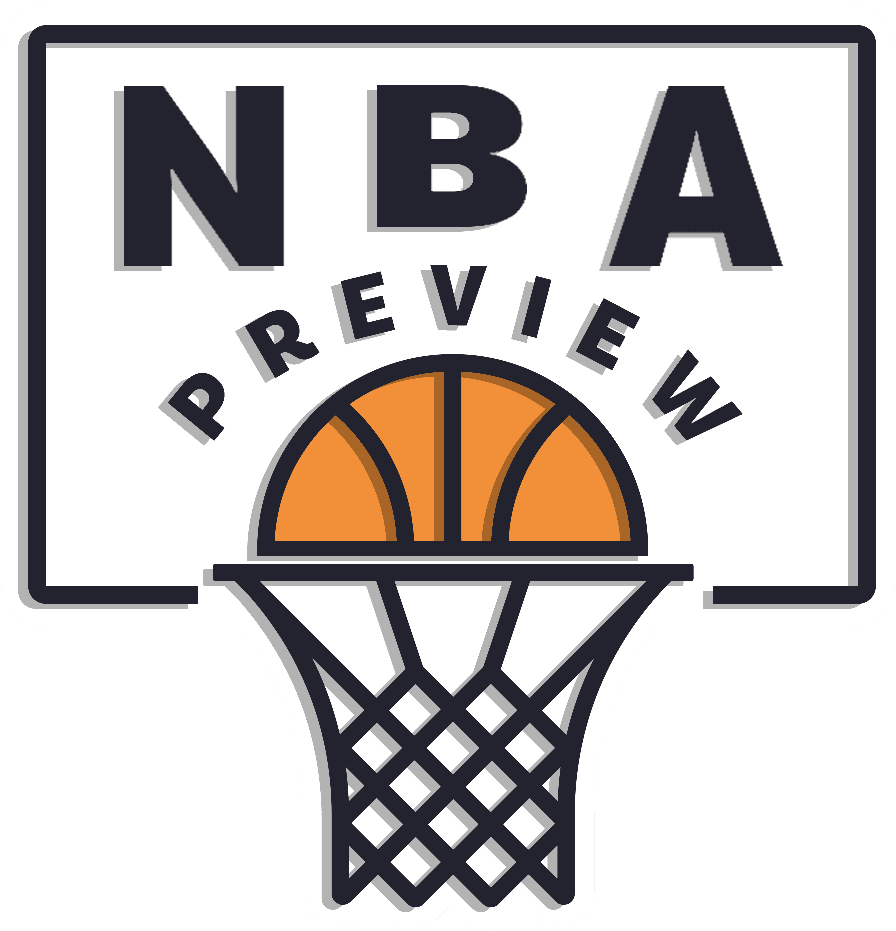
LeBron James is the ultimate basketball reductionist; his mere presence wrings the complexity out of the game for his teammates. Someone like Kyle Korver, who was put on this earth to do exactly one thing, can lead a happy existence living off spoon-fed shots.
But for others who want to spread their wings and test their creative boundaries, playing alongside LeBron can be restricting. After Kyrie Irving jetted for Boston, Paul George changed his mind on coming to Los Angeles, and Jimmy Butler left the Lakers off his wish list, it’s fair to wonder if high-profile, multitool players are skipping out on playing with LeBron because they’ll get only a reduced role and more of the blame if things go south. Even if you don’t subscribe to that theory, it seems to be accepted that a natural brain rewiring is necessary to function alongside the best player in the world.
“There’s who you expect to be and then who you are when you play with LeBron,” said former teammate Channing Frye in an interview with USA Today’s LeBron Wire.
“It’s two different things. ... Because when you play with LeBron, he does so much. Whether he likes it or not, it’s just him. Everyone else fits into a role.”
Those roles can change on a dime, even at the organizational level. Lonzo Ball, the no. 2 overall pick in the 2017 draft and potential franchise cornerstone, may end up fighting for a starting spot with Rajon Rondo, a 32-year-old on a one-year deal who has played for five different teams over the past four seasons. Deprioritizing Ball’s growth would have likely never entered the realm of possibility if LeBron didn’t immediately warp the Lakers to World-8 this offseason.
The argument for sitting Ball on this Lakers roster isn’t difficult to make, however. He’s coming off a meniscus surgery on his right knee and was one of the league’s worst finishers last season, shooting below 50 percent at the rim with an anemic fouls-drawn rate and the fourth-worst true shooting percentage of any player in the past decade (minimum 1,700 minutes played). His supporters will quickly counter with Ball’s impressive counting stats (10.2 PPG, 7.2 APG, 6.9 RPG), but reducing Ball to a stat line, good or bad, seems to completely miss the point of what makes him such an intriguing prospect. If where you stand on Al Horford is the ultimate basketball litmus test, Lonzo Ball is basketball’s Rorschach test—the optics are confusing (did he just shoot that across his face?) and lack context, but you still have to feign confidence in what you think you saw.
LeBron’s first impression of Ball may define what role the NBA sophomore eventually has next to him. Because of how much influence he wields, LeBron could render Lonzo his next Eric Snow or George Hill—existing only to play tough defense, rebound, and get the ball across half court every now and then—with the snap of his fingers. But while there are undoubtedly better shooters and scorers the Lakers could put next to LeBron, there’s a long game to be considered. The golden years for LeBron aren’t far off, and he’ll eventually need to rely much more on his help. Ball is perfectly suited to handle the task of making sure everyone is ready for that moment when it arrives.
Not unlike LeBron and Rondo, Ball has great vision and can simplify the game, but he does it in a drastically different way. Like a good therapist might, Ball allows his teammates to reach conclusions for themselves, rather than forcing the answer upon them. While LeBron and Rondo will manipulate angles and wait for the perfect window to arise, Ball will quickly transfer even the smallest created advantage, allowing more options and freedom for the end user. According to NBA.com/Stats, out of all regular starting point guards last season, Ball averaged the least time per touch in the league, at 3.84 seconds. The ball never sticks when he’s on the floor; he’ll often have his next pass lined up before he even gains possession. It’s fun to play with him, but maybe more importantly, it can be empowering for the other young players to see the positive results of their own decisions.
Ball is much more than a distributor, though. Even if you choose to ignore his impact defensively and his rebounding ability for his position as a 20-year-old, his quick and selfless decision-making paired with his improved 3-point shooting down the stretch (33.1 percent after November) and encouraging catch-and-shoot percentage (33.7 percent from 3 on the season) should alleviate concerns of whether he can have an impact playing off the ball. He already has.
The disconnect between Lonzo’s perceived and actual strengths perhaps comes from how he was introduced to the basketball world. Those 30-second Instagram clips of Ball as a high schooler helped turn him into a cult hero and provided his father with a platform to draw more attention to—or a bigger target on—his son. But those days at Chino Hills High School also led to Ball’s infectious style, which the young Lakers fully leaned into last season: run, pitch it ahead, and attack scrambling defenses. Whether that style can survive with a more calculated LeBron on board (Cleveland ranked 25th, 28th, 16th, and 12th in pace the past four seasons; the Lakers finished third last season) remains to be seen, but it’s in everyone’s best interest to keep that fast-paced mind-set, because it creates an identity and style that’s something other than “give the ball to LeBron.”
The Cavaliers’ LeBron dependency became impossible to kick, to the point that everything would fall apart when he left the floor. Few players in the league had to take as many plays completely off as LeBron did last season, and while that’s intelligent self-preservation on his part, Luke Walton would be wise to account for it in the team’s overall strategy. Keep playing fast and have your star with 54,437 combined regular-season and playoff minutes trail behind at a leisurely pace as the ultimate bailout option. The post-LeBron signings by the Lakers (Rondo, Lance Stephenson, Michael Beasley) were indeed a bit confusing, but they may have signaled something other than Magic Johnson firing up a few ill-advised heat checks. Bringing on strong-willed shot creators could give James at least a temporary reprieve from doing all the legwork that goes into manufacturing scoring opportunities.
While no one will prohibit LeBron from going supernova in the postseason and playing exactly the brand of basketball he wishes to play, 82 games is a long sample size to experiment with. Rondo is a known entity who won’t suddenly become a spot-up threat, but Ball isn’t as far away in that area as it might seem. Short of that, maybe Ball will become useful as an unorthodox screen setter who carves defenses up with his passing off the short roll. Quin Snyder may have created the blueprint to follow with the way he transformed Ricky Rubio from a hapless finisher into a real offensive threat. But that approach requires creativity, experimentation, and a lot of patience.
This is all uncharted territory for LeBron. He’s never leveraged a point guard’s passing and creativity to his own benefit before. Is that merely coincidental—a function of having never played with a truly gifted distributor at that position—or by choice? Whether or not LeBron is willing to cede some control to Ball may provide the answer.
